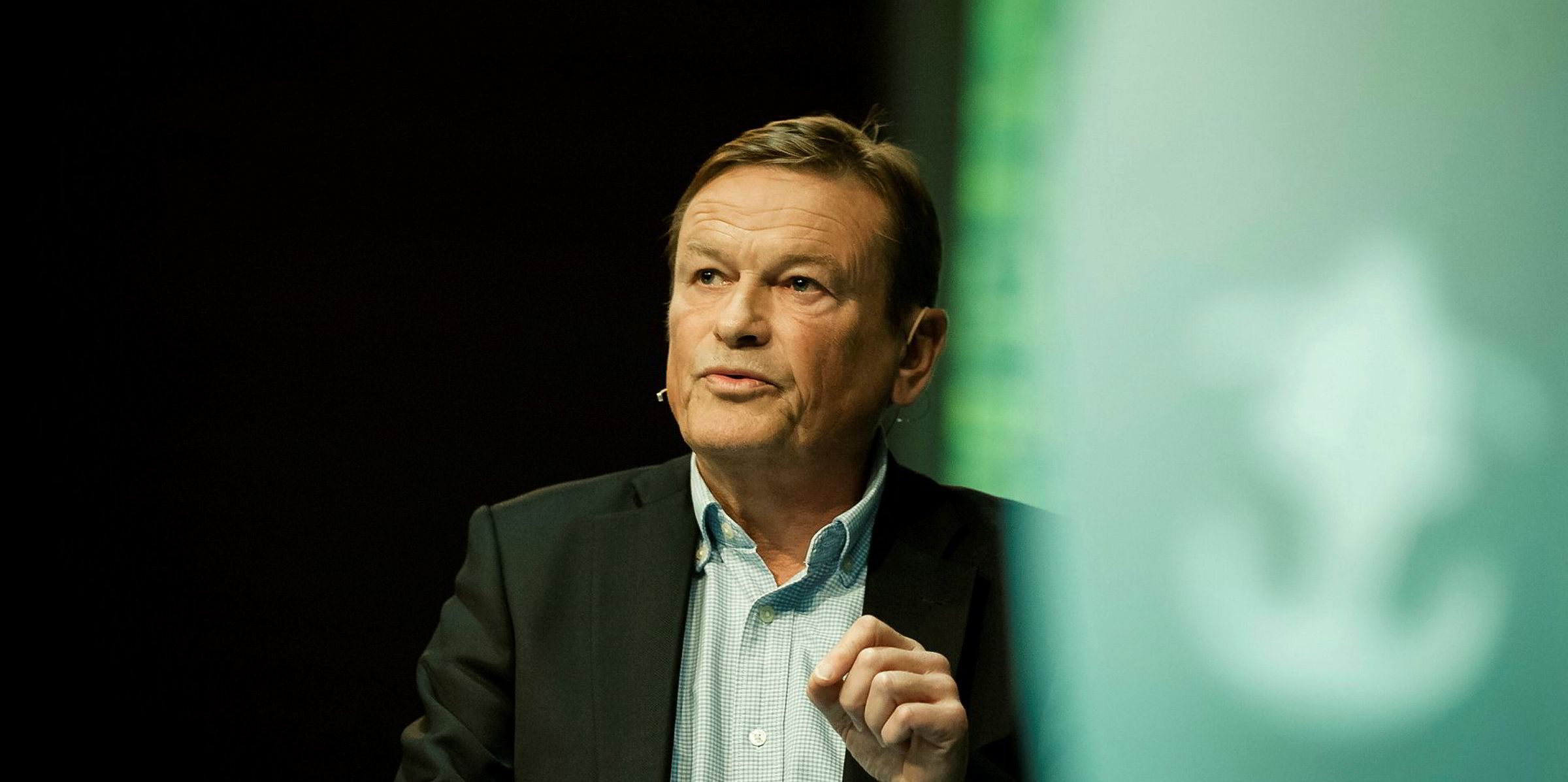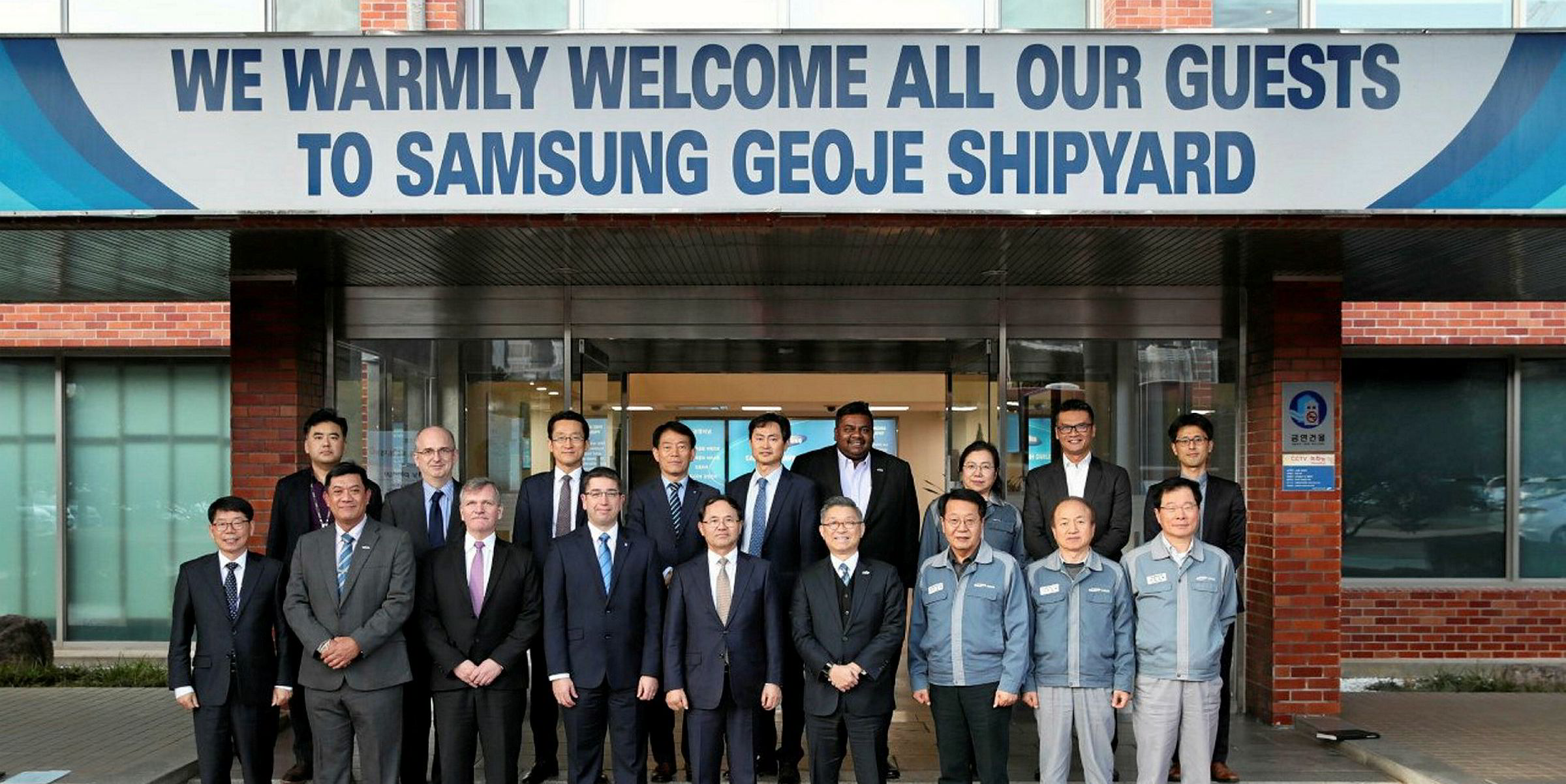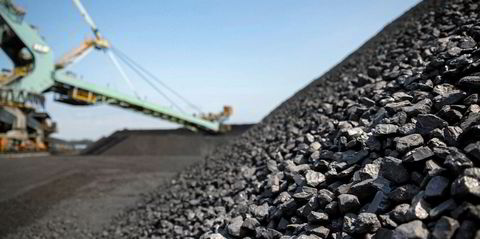Norway's Eidesvik Offshore is claiming a world first with a plan to fit an ammonia-powered fuel cell to a platform supply vessel (PSV).
The ShipFC project, which will test a carbon-free tool at a time when shipping and regulators are wrestling with hot to reduce shipping's carbon footprint, involves the 6,000-dwt Viking Energy (built 2003) and a partnership with 14 companies including oil major Equinor and NCE Maritime CleanTech.
The project is receiving €10m ($11.1m) funding from the European Union to complete the work, which is planned for late 2023.
The vessel, chartered to Equinor, will have a large 2MW ammonia fuel cell retrofitted, allowing it to sail solely on the clean fuel for up to 3,000 hours annually.
"As such the project will demonstrate that long-range zero-emission voyages with high power on larger ships is possible," the companies said.
The goal is also to ensure that a large fuel cell can deliver total electric power to ship systems safely and effectively.
Fuel-cell power must be increased
This will be the first time an ammonia-powered fuel-cell is installed on a vessel.
It involves scaling up a 100-kilowatt fuel cell to 2MW, work to be undertaken by Prototech.
The ship-side ammonia system will be supplied by Wartsila.
Viking Energy was the first LNG powered ocean-going vessel in 2003.
“This is a result of hard work over time as we have continued to collaborate with Equinor on transformative projects,” Eidesvik president and chief executive Jan Fredrik Meling said.
“We are proud to be pioneers when it comes to introducing new energy carriers and fuels into the industry. This project to install the world’s first ammonia-powered fuel cell will help us continue our journey towards a decarbonised future and help maintain our competitive role.”
Equinor's senior vice president for joint operations support, Cecilie Ronning, added: “We see projects such as the ShipFC conversion...as an important step in finding the right sustainable and clean solutions in the future.
"Our ongoing collaboration with Eidesvik is testament to a long-standing belief that we can achieve our goals by working constructively towards that vision.”
Electrolysis involved
Norwegian chemicals company Yara International has been contracted to supply the ammonia, which will be produced by electrolysis and delivered in containers.
NCE Maritime Cleantech cluster chief executive Hege Okland said: "Ammonia is an abundant energy source and can easily be made from renewable resources, making it one of the fuels that will likely meet part of shipping’s future energy demand.”
The ShipFC project will also study the use of ammonia on offshore construction vessels and two cargo vessel types.
This will involve North Sea Shipping, Capital-Executive Ship Management and Star Bulk Ship Management joining the consortium.
Earlier this month, Malaysian owner MISC Berhad said it was working with Samsung Heavy Industries (SHI) to develop an ammonia-fuelled tanker.
Classification society Lloyd’s Register (LR) and engine maker MAN Energy Solutions are also involved in the project.
Last year, a study by AP Moller-Maersk and LR backed the view that the best way to decarbonise shipping is through fresh sources of sustainable energy.
The report found that ammonia is truly carbon free and can be produced from renewable electricity, but warned it is highly toxic. It will also be much more expensive than fossil fuels.







